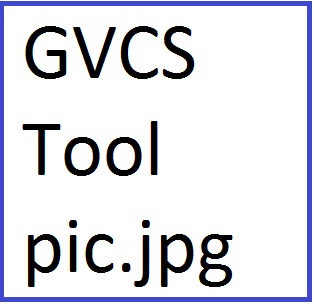Industrial Robot
Jump to navigation
Jump to search
| Industrial Robot | ||
|---|---|---|
| Home | Research & Development | Bill of Materials | Manufacturing Instructions | User's Manual | User Reviews | 
| |
Overview
- The industrial robot is an automated arm-like machine that can hold and use a variety of tools in its hand and hence serve a universal function for performing a broad range of tasks in repetition without continuous human control.
insert video embed code here
Detailed Description
- The industrial robot is a rotating multi-axis machine that can hold various modules (called end-effectors) for performing different tasks such as welding and cutting. These tasks can be done in repetition (through the proper programming of the industrial robot's microcontroller) and with precision (based on the robot's repeatability, which is a measure of how far the robot deviates from a certain position when going there multiple times). The volume in which the robotic arm can travel is called the working envelope (rear of robot is typically restricted), and the axes of rotation are called degrees of freedom (6 or more for higher-end flexibility). A versatile industrial robot can significantly improve the accuracy, precision, and completion times of multiple production tasks while significantly reducing the need for operator involvement.
Problem Statement
- The industrial robot is task versatile, multi-way programmable, repeatably accurate, and modular with scalable reach and payload. The industrial robot serves a universal function mimicking a human arm, so can fill in (after being programmed) for any repetitive operation not better done by humans; other times, the industrial robot can be directly operator-controlled to act as a mega-arm machine where the high reach, payload, and working envelope are advantaged.
Product Ecology
- The industrial robot is a user machine of various attachments including other GVCS tools.
Wanted: use Product Ecologies
Specifications
| Spec | Value |
|---|---|
| Spec | Value |
Components
- Foundation, Main Arm, Forearm: These are the industrial robot's structural components that elevate and connect the gearboxes.
- Gearboxes: These are mechanical parts that comprise the industrial robot's 6 axes of rotation and are joined by other structural components.
- Hydraulic Motors: These mount onto the gearboxes to drive the 6 axes of rotation.
- Encoders: These mount onto the gearboxes to measure the angular positions of the 6 axes output shafts and to send that information to the microcontroller.
- Pressure Relief Valve, Solenoid Valve, Stepper-operated Needle Valve: These relieve excess pressure and maintain continuity of flow while allowing directional and flow control of the fluid through the hydraulic motors.
- Microcontroller, Stepper Drivers, Solenoid Drivers: These electronically control the solenoid valves and step motors, while receiving information from the encoder and communicating with the computer; these components allow repetition programming as well as direct operator-control.
OSE Project Status/Schedule
Wanted: Versioning, milestones met, future goals
